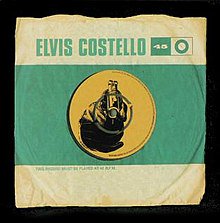

The crowd came back, even more aggressive than two days prior. The band did a full song with Prince offstage, and in the next song, things got so bad he called the show off again. It was the last time Prince ever cut a show short due to crowd response.






